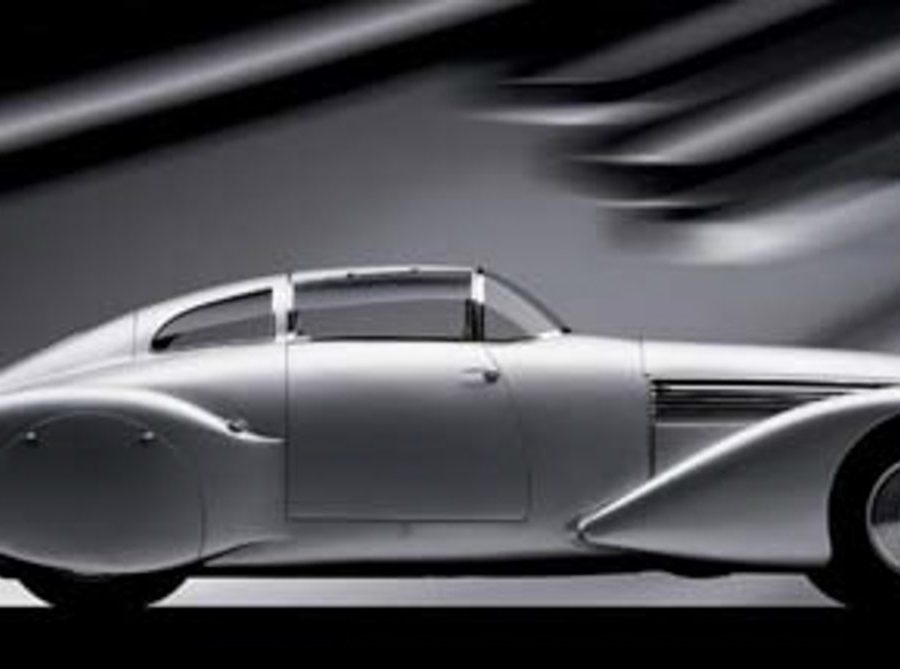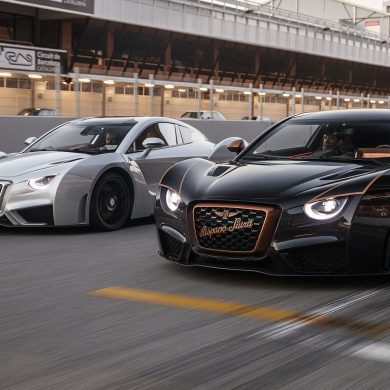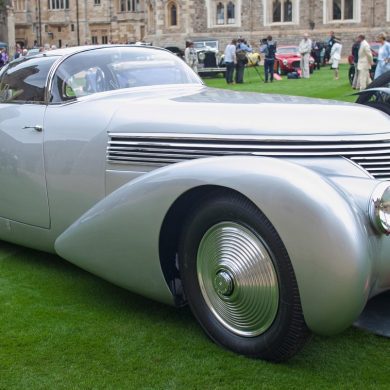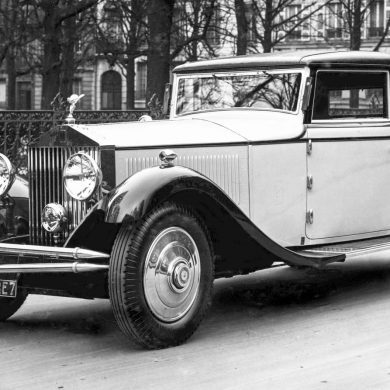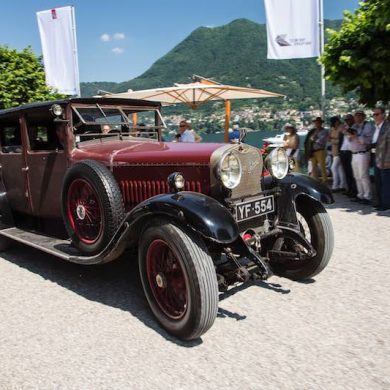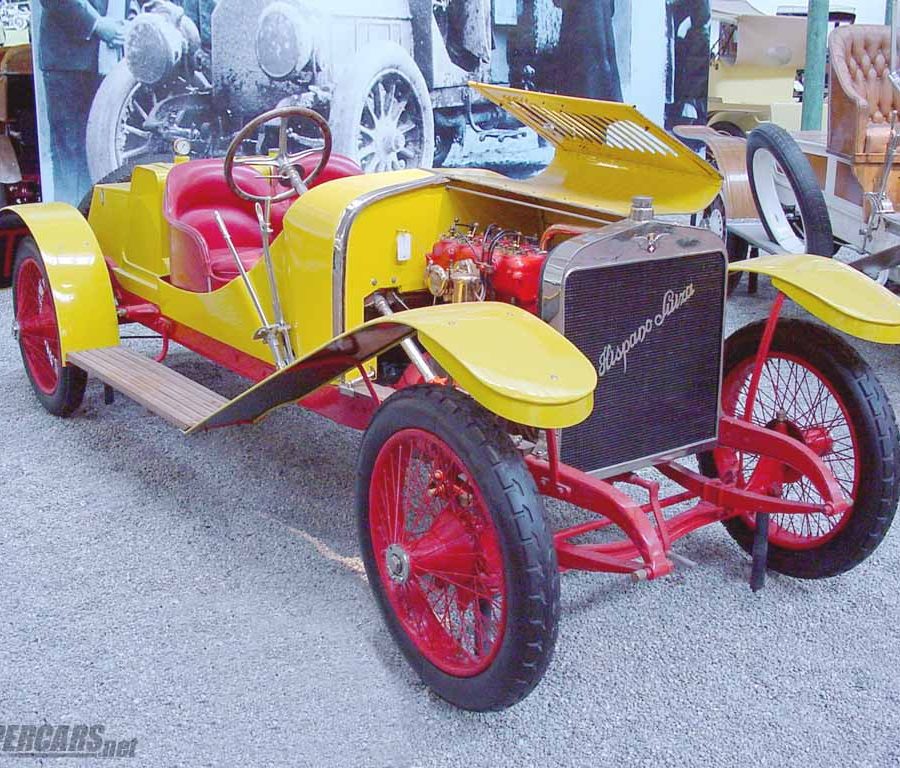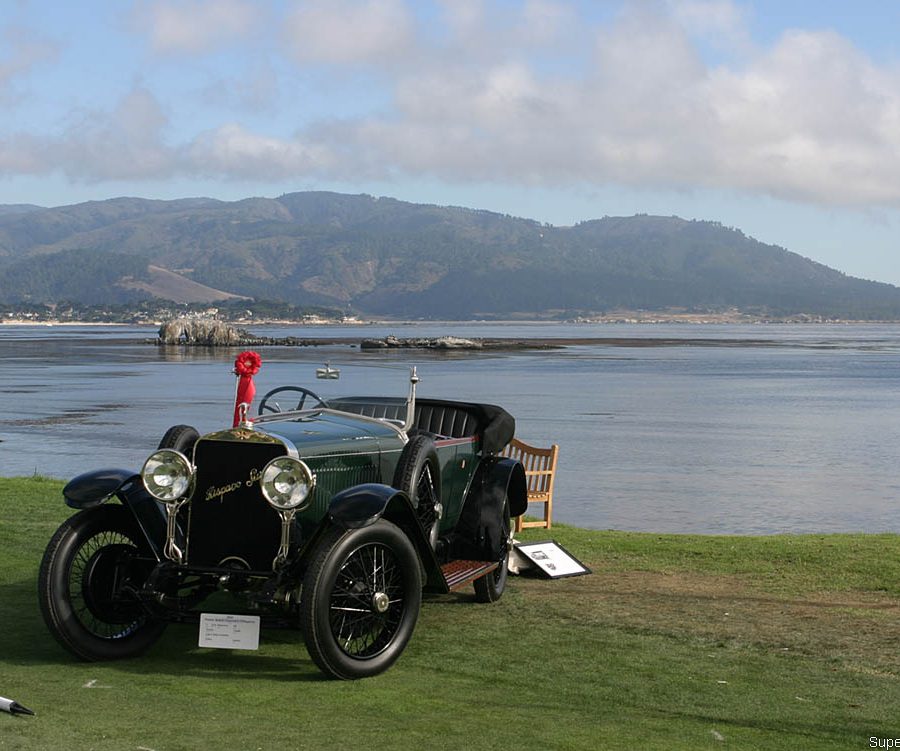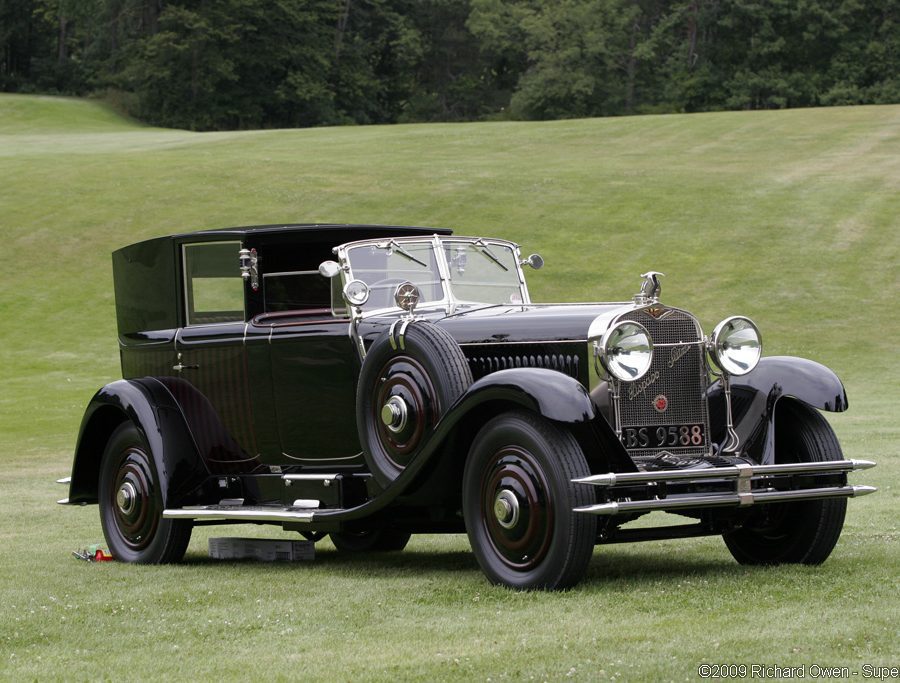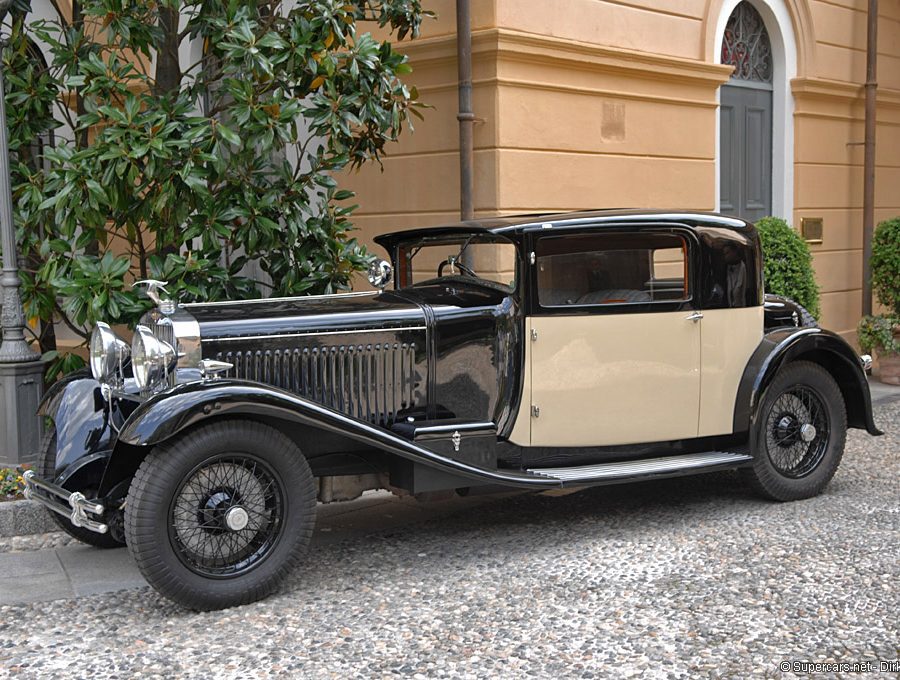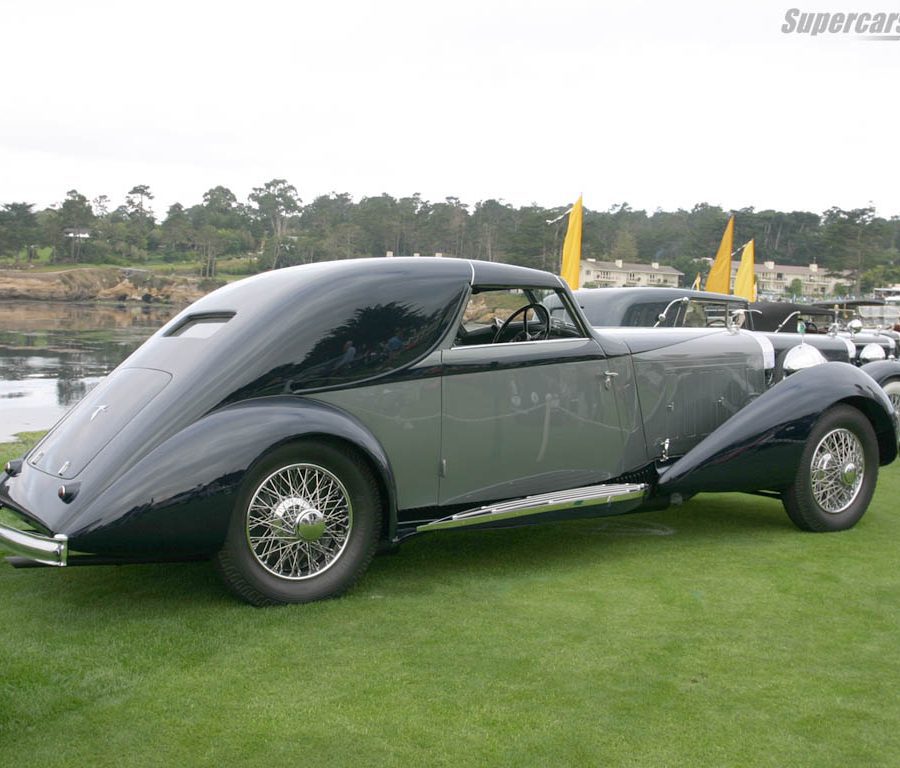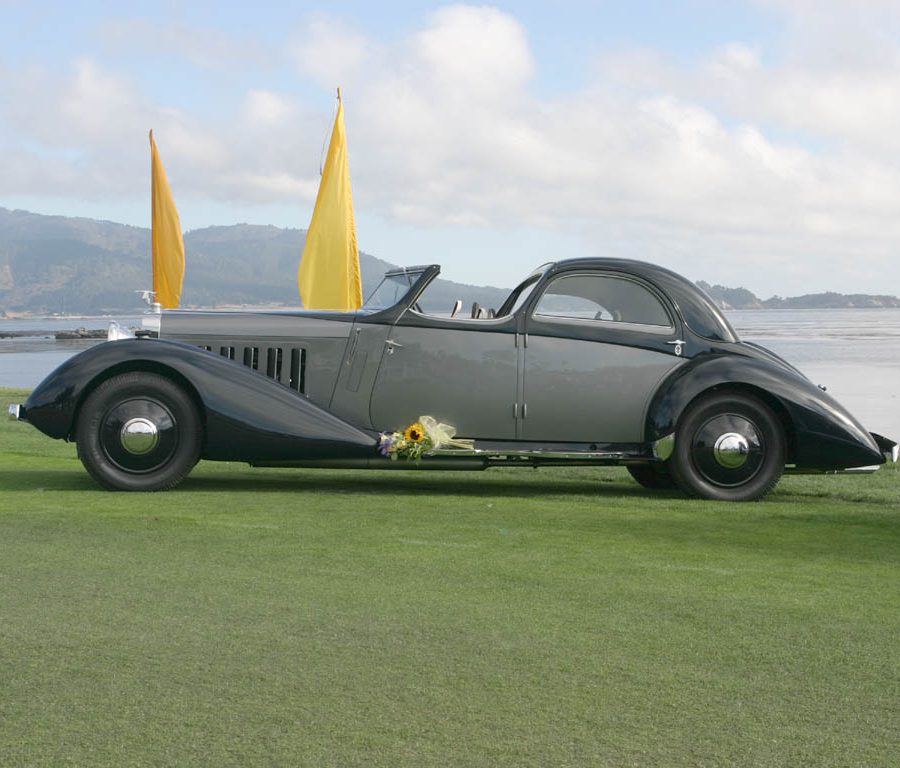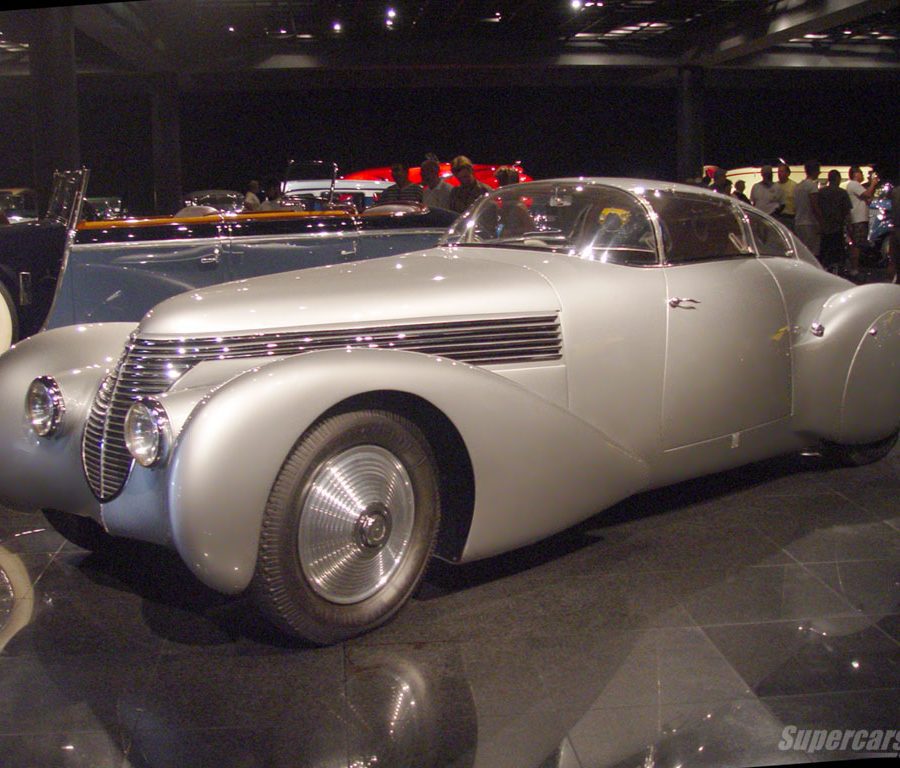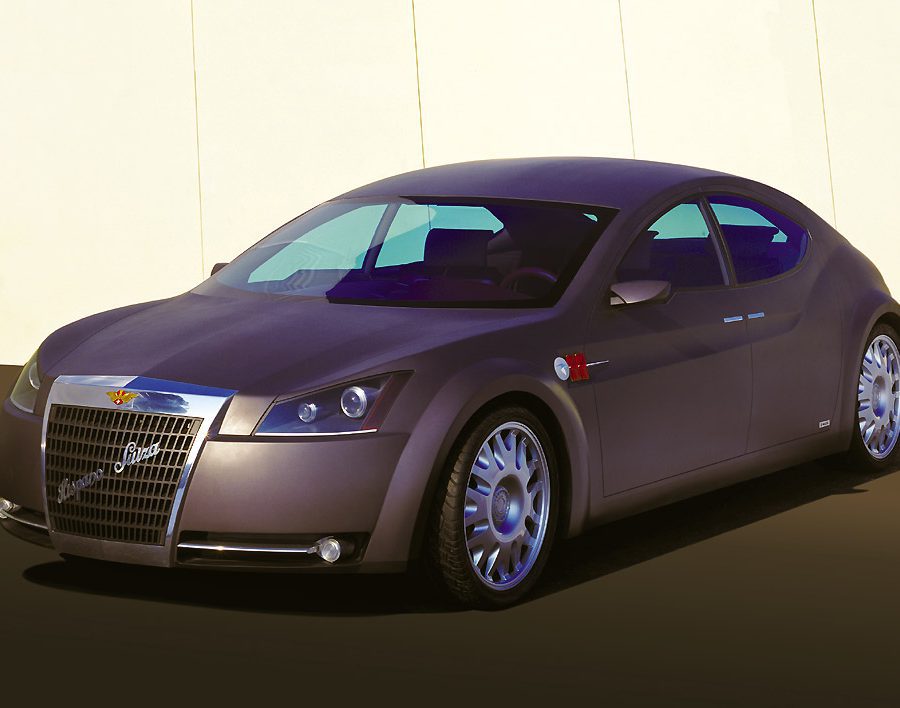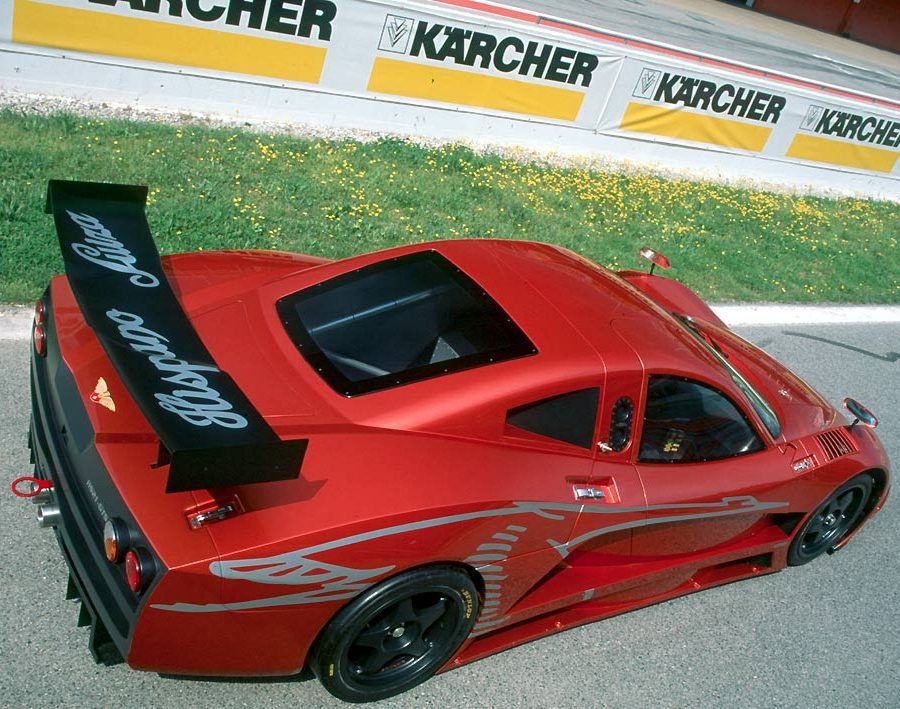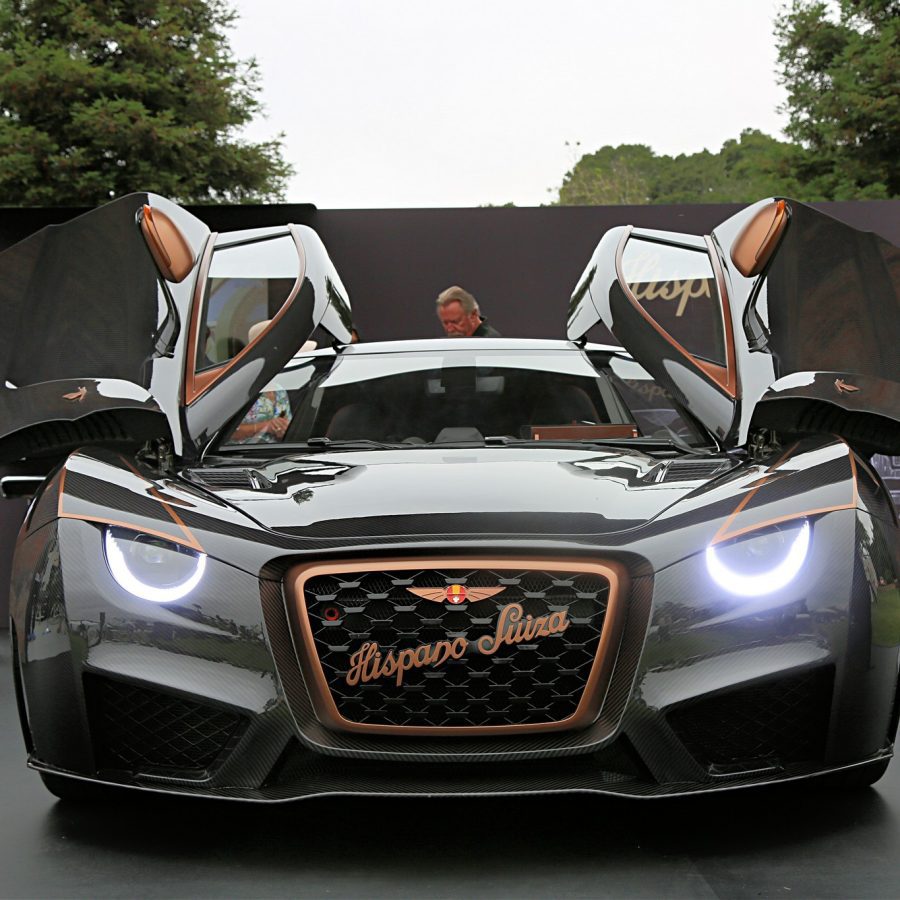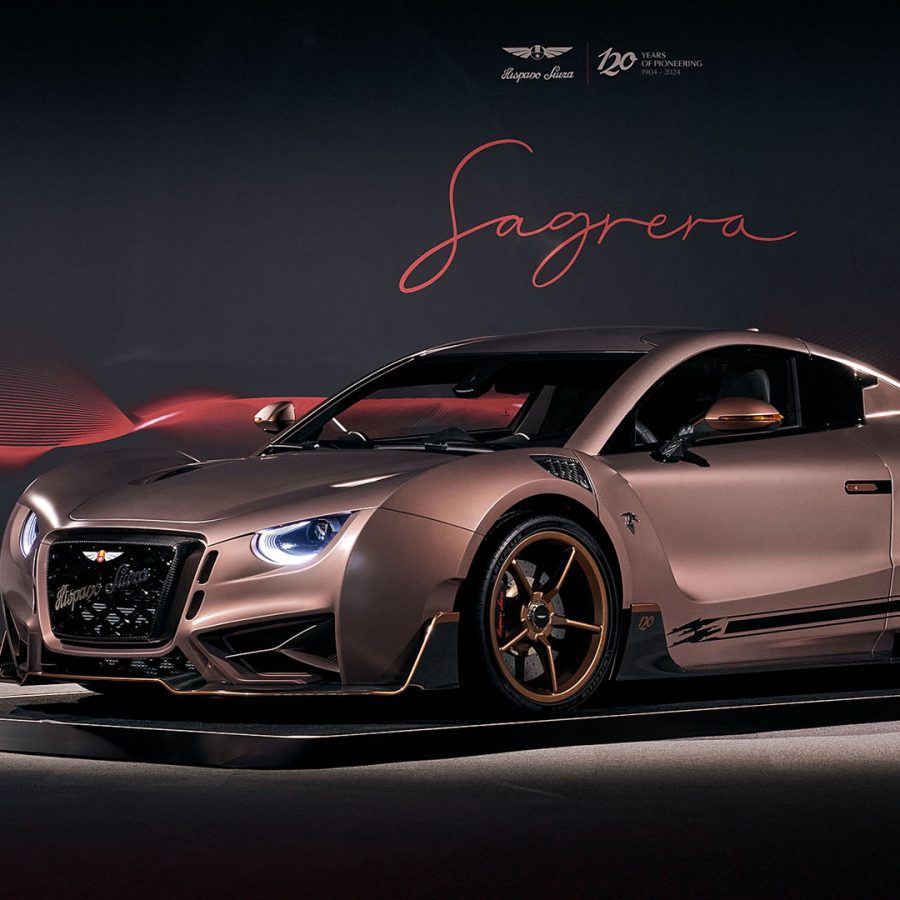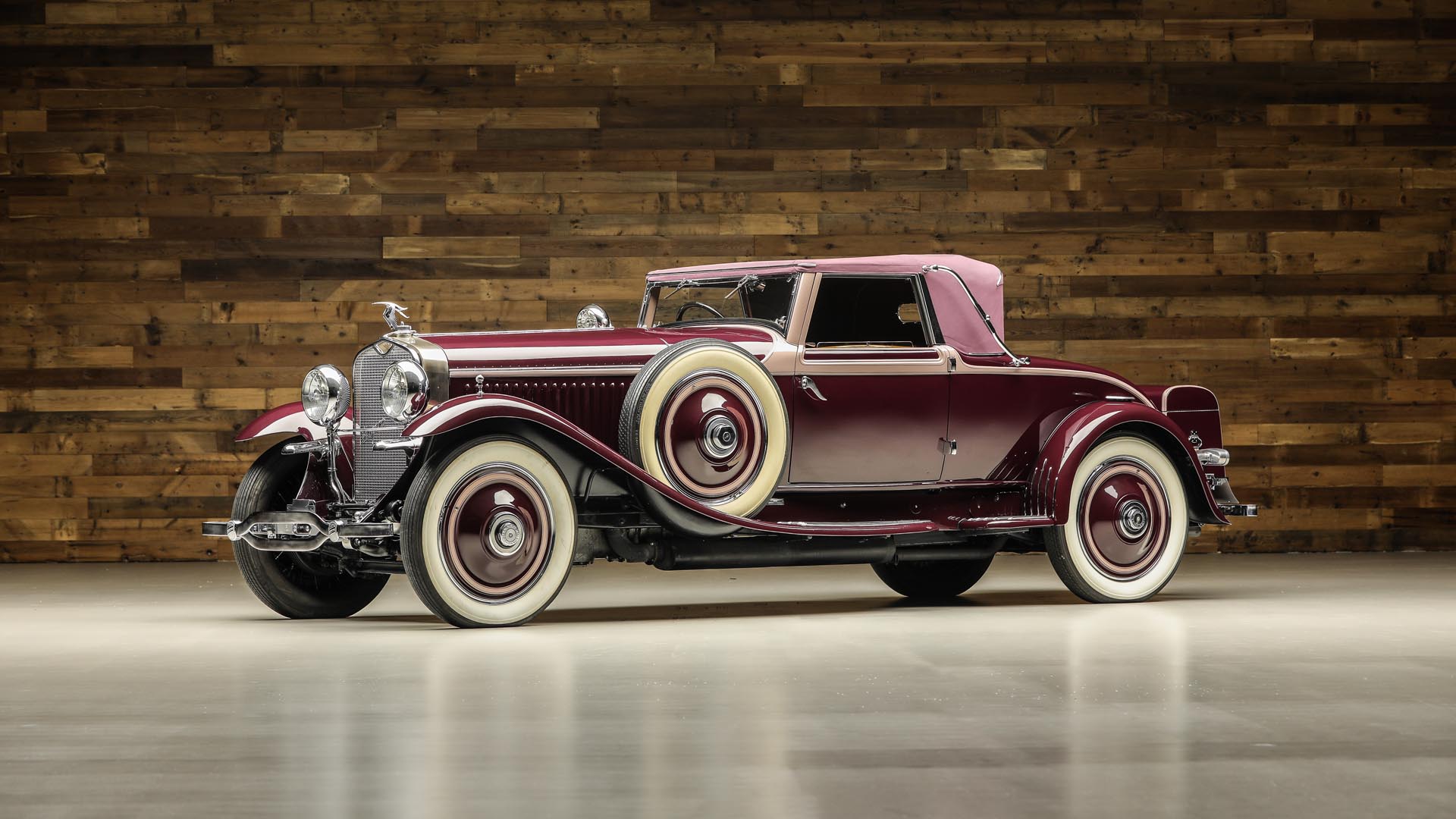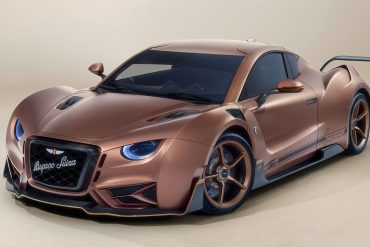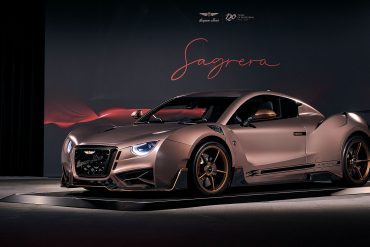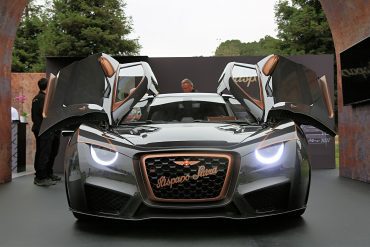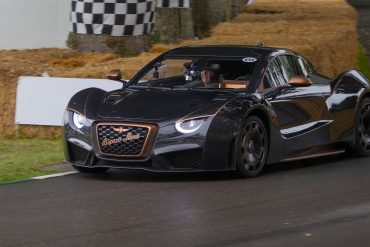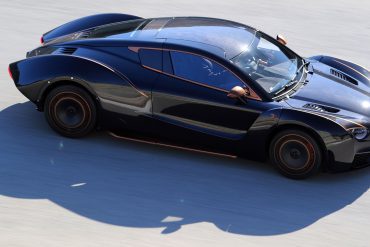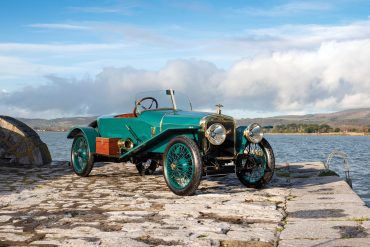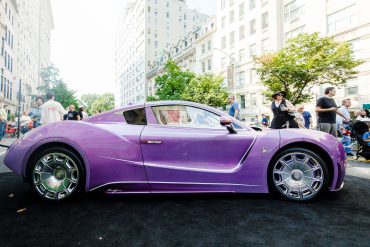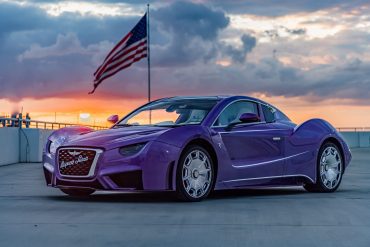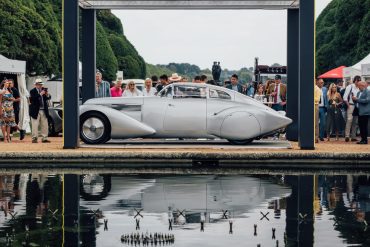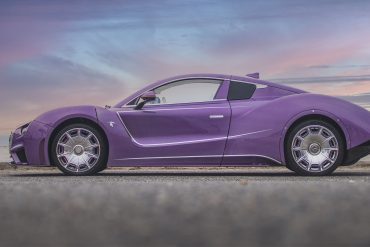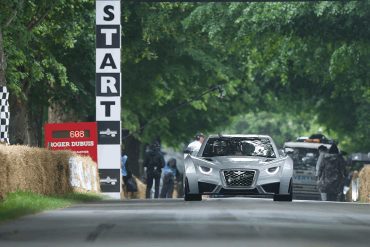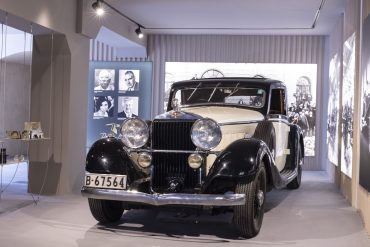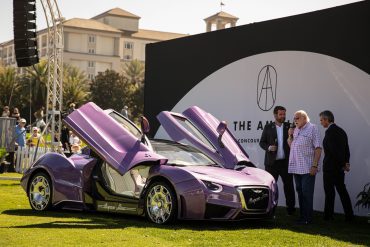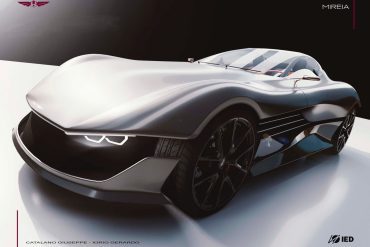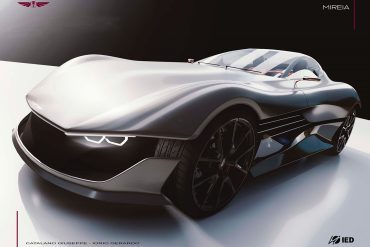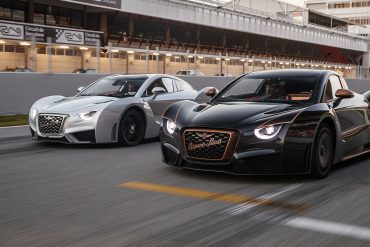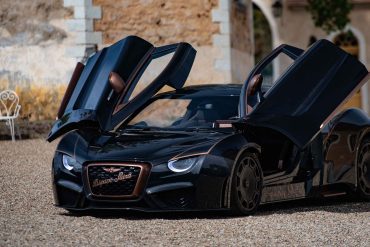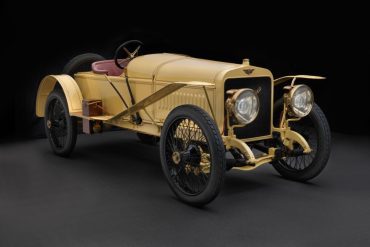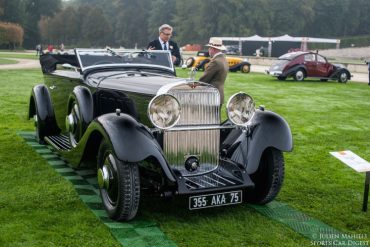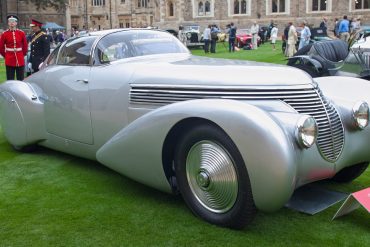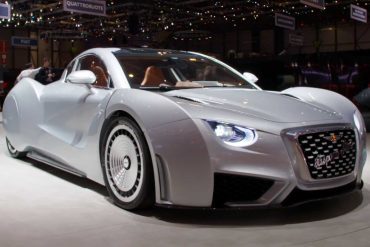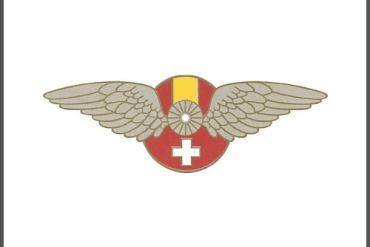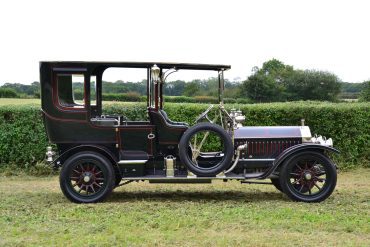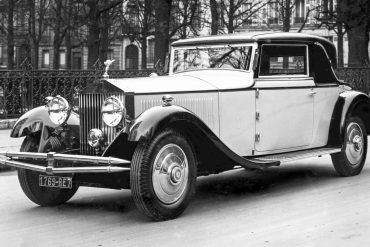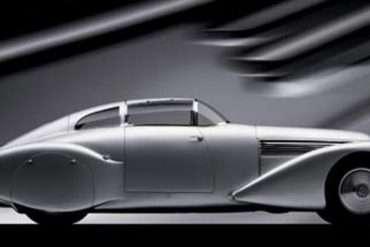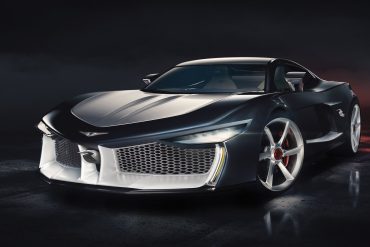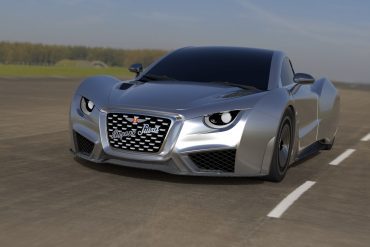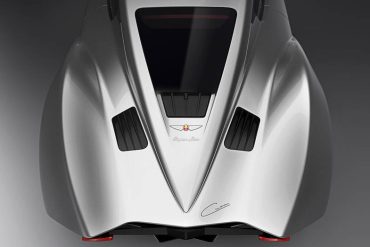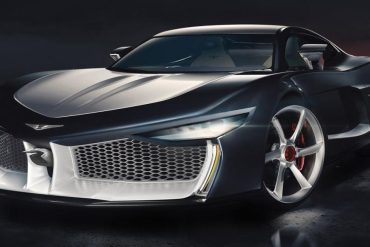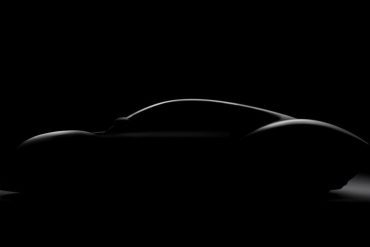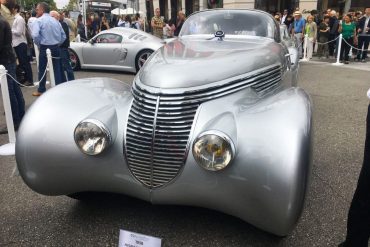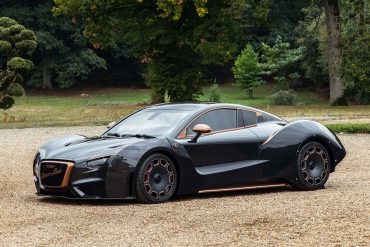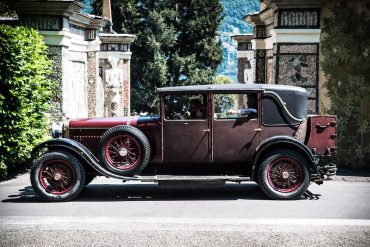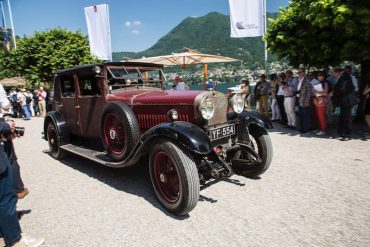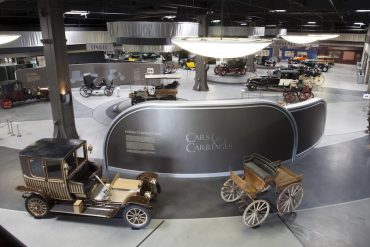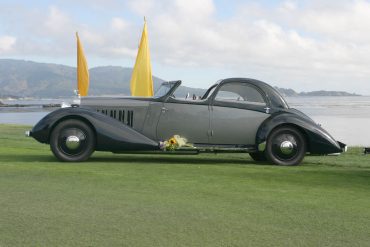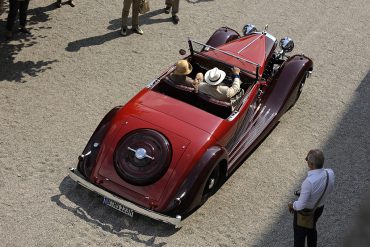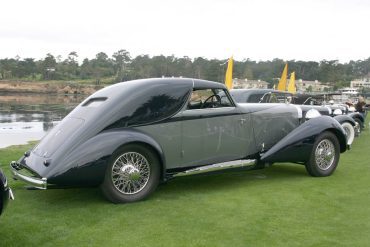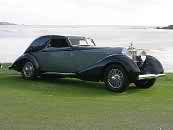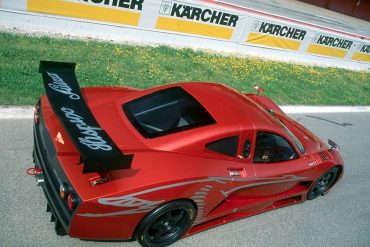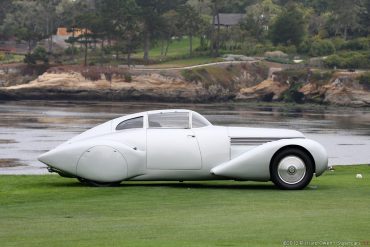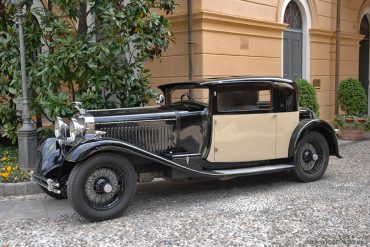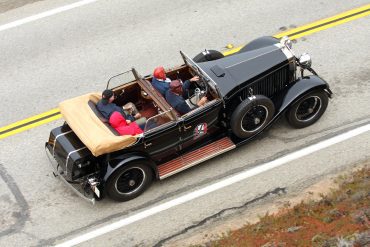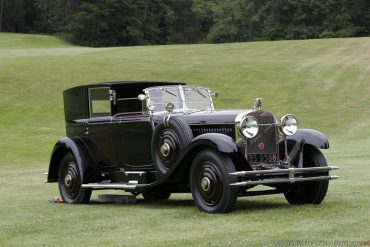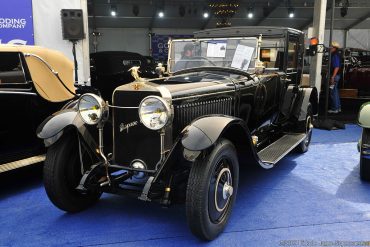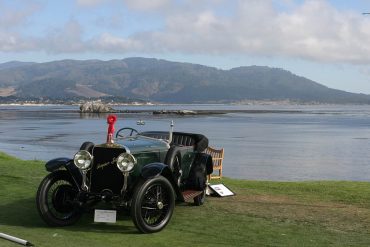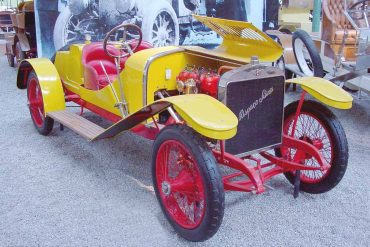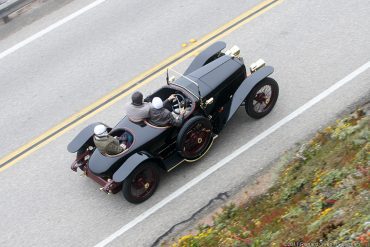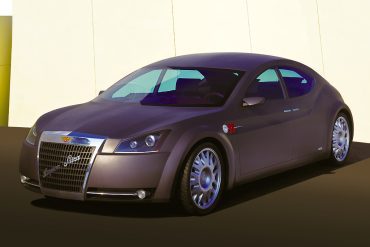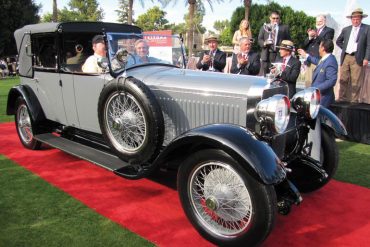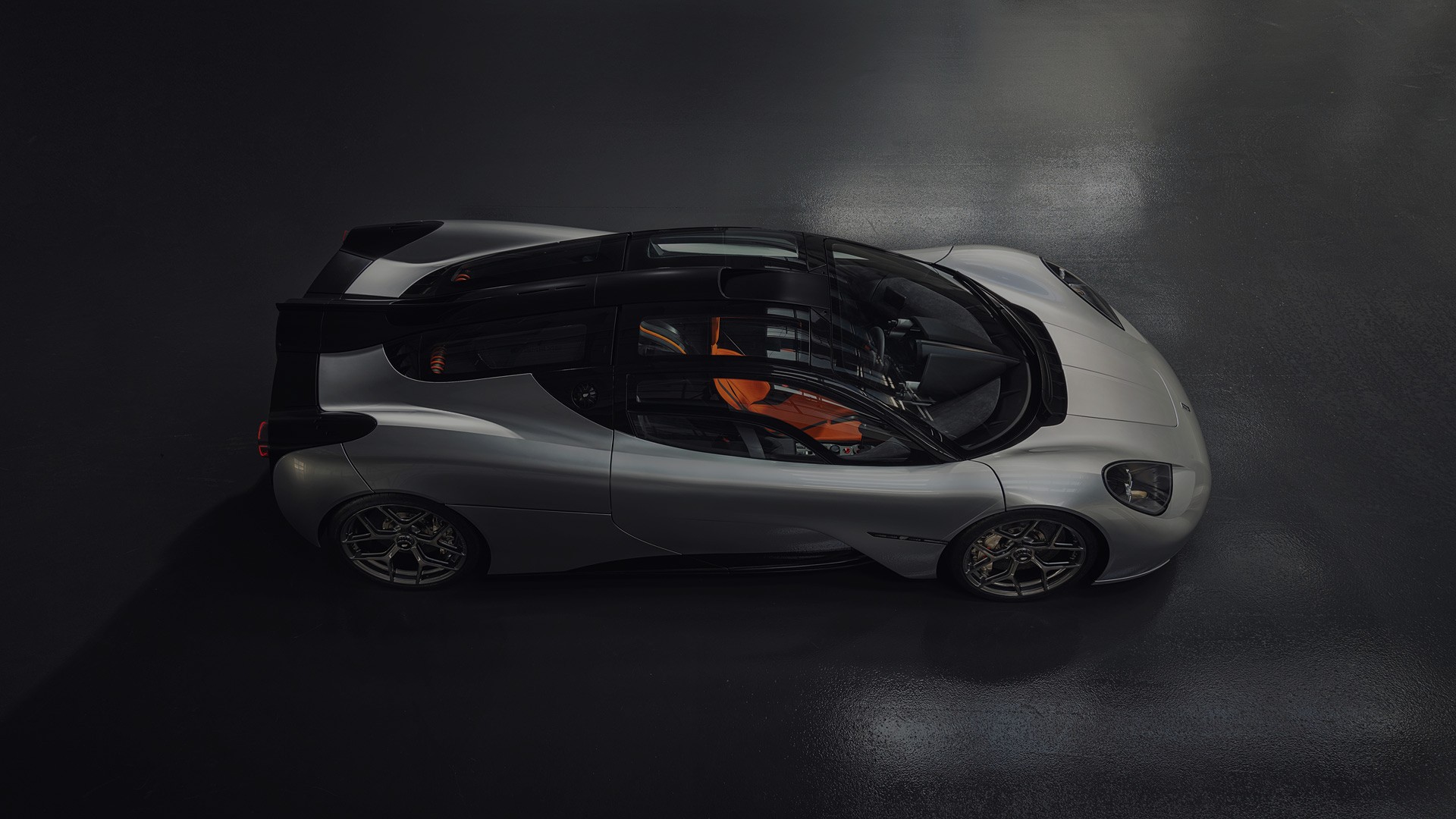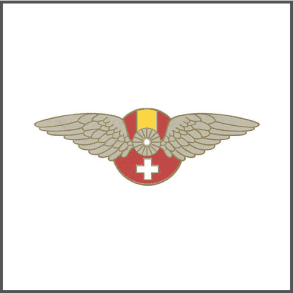
Hispano-Suiza
Research, History, Reviews, Media & More
Introduction / Featured Stories / Model Guides / News & Updates / A Brief History
Hispano-Suiza: Luxury and Innovation
Hispano-Suiza is a storied name in the automotive world, renowned for its exquisite luxury cars and groundbreaking engineering. Founded in the early 20th century, Hispano-Suiza quickly established itself as a leader in both the automotive and aviation industries, blending elegance with technical innovation. This post explores the founding of Hispano-Suiza, its rich history, the iconic car models it produced, and the milestones that have defined its legacy in the luxury car market.
The Founding Vision: A Swiss-Spanish Partnership
Hispano-Suiza was founded in 1904 in Barcelona, Spain, by Swiss engineer Marc Birkigt and Spanish businessman Damián Mateu. The name "Hispano-Suiza," meaning "Spanish-Swiss," reflects the dual heritage of its founders. Birkigt, an innovative engineer, brought his expertise in precision mechanics, while Mateu provided the financial backing and business acumen to establish the company.
From the outset, Hispano-Suiza aimed to produce high-quality luxury cars that combined elegance, craftsmanship, and advanced engineering. Birkigt's engineering genius and Mateu’s business vision led to the development of some of the most advanced and desirable cars of the early 20th century.
The Evolution of Hispano-Suiza: From Luxury Automobiles to Aviation Pioneers
Hispano-Suiza’s journey from a small car manufacturer in Spain to a globally recognized symbol of luxury and innovation is marked by several key developments and iconic car models:
Early Success and the Rise of Luxury (1900s-1910s):
In its early years, Hispano-Suiza quickly gained a reputation for producing high-quality, luxurious automobiles. The company’s first major success came with the 1911 Alfonso XIII, named after the King of Spain, who was an avid fan and owner of the brand’s cars. The Alfonso XIII was one of the world’s first true sports cars, known for its lightweight design, advanced engineering, and impressive performance. It set the standard for luxury sports cars of the era.
Expansion into Aviation and World War I (1910s-1920s):
During World War I, Hispano-Suiza expanded into the aviation industry, designing and producing aircraft engines that were considered some of the most advanced of their time. The company’s V8 aircraft engine, developed by Marc Birkigt, was renowned for its reliability and performance, powering several Allied aircraft during the war. This expansion into aviation not only contributed to the war effort but also solidified Hispano-Suiza’s reputation for engineering excellence.
After the war, the company continued to produce both cars and aircraft engines, leveraging its expertise in precision engineering to create vehicles that were as luxurious as they were technically advanced.
The Hispano-Suiza H6: A Technological Marvel (1919):
The introduction of the Hispano-Suiza H6 in 1919 marked a significant milestone in the company’s history. The H6 was powered by an inline six-cylinder engine derived from the company’s aircraft engines, offering exceptional smoothness and power. It featured several groundbreaking innovations, including power-assisted brakes—an industry first—and a lightweight aluminum alloy engine. The H6 was renowned for its elegance, luxury, and engineering, becoming a favorite among Europe’s aristocracy and elite.
The Stork Mascot and a Tribute to Aviation (1920s):
The iconic stork hood ornament, which became a signature feature of Hispano-Suiza cars, was designed as a tribute to French World War I fighter ace Georges Guynemer, whose squadron had a stork as its emblem. The stork mascot symbolized the brand’s strong connection to aviation and its commitment to precision engineering and performance.
Surviving the Great Depression and Diversification (1930s):
The Great Depression in the 1930s presented significant challenges for luxury car manufacturers, but Hispano-Suiza managed to survive by diversifying its operations. In addition to luxury cars, the company expanded into producing components for other industries, including railways and aviation. This diversification strategy helped the company weather the economic downturn and maintain its position as a leader in engineering excellence.
The Decline of Automotive Production and Focus on Aviation (1940s-1950s):
World War II and the post-war economic environment led Hispano-Suiza to shift its focus away from luxury car production and towards its more profitable aviation and industrial operations. The company continued to produce components for aircraft and other industries, gradually phasing out its automotive division. By the 1950s, Hispano-Suiza had largely exited the luxury car market, though its reputation for engineering excellence continued to endure.
A Revival in the 21st Century: The Hispano-Suiza Carmen (2019):
In 2019, Hispano-Suiza made a comeback with the unveiling of the Hispano-Suiza Carmen, an all-electric hypercar inspired by the brand’s heritage. The Carmen combines modern electric vehicle technology with design elements reminiscent of the classic Hispano-Suiza models, representing a blend of tradition and innovation. This revival marks a new chapter in the company’s history, bringing the brand back into the spotlight and reintroducing it to a new generation of car enthusiasts.
Special Milestones and Achievements
Throughout its history, Hispano-Suiza achieved several significant milestones and made lasting contributions to the automotive and aviation industries:
Innovation in Automotive Engineering: Hispano-Suiza was a pioneer in automotive engineering, introducing innovations such as power-assisted brakes, aluminum alloy engines, and lightweight construction. These advancements set new standards for luxury cars and influenced future automotive design.
Success in the Aviation Industry: The company’s expansion into aviation during World War I and its development of advanced aircraft engines showcased its engineering prowess and contributed to its global reputation for excellence.
A Symbol of Prestige and Luxury: Hispano-Suiza cars were favored by royalty, aristocrats, and celebrities, becoming symbols of wealth, status, and sophistication. The brand’s commitment to luxury and craftsmanship set it apart from its competitors and helped establish its legacy as one of the most prestigious car manufacturers of its time.
A Comeback with Modern Innovation: The introduction of the Hispano-Suiza Carmen in 2019 marked a successful return to the automotive world, combining the brand’s rich heritage with cutting-edge electric vehicle technology. This modern revival has helped reestablish Hispano-Suiza as a symbol of luxury and innovation.
The Enduring Legacy of Hispano-Suiza
Hispano-Suiza’s legacy is one of luxury, innovation, and a commitment to excellence in both the automotive and aviation industries. From its early days as a manufacturer of luxury cars to its role as a pioneer in aviation engineering, Hispano-Suiza has consistently pushed the boundaries of what is possible. The brand’s emphasis on quality, craftsmanship, and technical innovation has left a lasting impact on the automotive world.
Today, Hispano-Suiza is remembered not only for its contributions to early automotive design and engineering but also for its influence on luxury car culture. The brand’s commitment to blending artistry with advanced technology continues to inspire car enthusiasts and manufacturers alike.
Hispano-Suiza Basics
Founded: June 14, 1904
Founders: Marc Birkigt, Damián Mateu, Francisco Seix
Fate: Aviation: now part of Safran, Automobiles: active as part of the Peralada Group
Did You Know
Hispano-Suiza was founded in 1904 in Barcelona, Spain, by Swiss engineer Marc Birkigt and Spanish businessman Damián Mateu. The company’s name, "Hispano-Suiza," reflects this partnership, combining "Hispano" (Spanish) and "Suiza" (Swiss).
Hispano-Suiza quickly established itself as a leading manufacturer of luxury cars, known for their elegance, craftsmanship, and advanced engineering. The brand’s cars were often compared to the best from Rolls-Royce and Bentley, becoming a favorite among European royalty and the wealthy elite in the early 20th century.
Hispano-Suiza was the first car manufacturer to introduce power-assisted brakes, a major safety innovation at the time. The system was developed by Marc Birkigt and first featured in the Hispano-Suiza H6 in 1919. This technology was later adopted by other manufacturers, including Rolls-Royce.
Hispano-Suiza made a comeback in the 21st century with the unveiling of the Hispano-Suiza Carmen in 2019, a modern electric hypercar inspired by the brand’s heritage. The Carmen combines cutting-edge technology with design elements reminiscent of the classic Hispano-Suiza models, representing a blend of tradition and innovation.
More Hispano-Suiza
 Hispano Suiza Carmen Boulogne.
Hispano Suiza Carmen Boulogne.
Hispano Suiza - A Brief History
In March, 2019, the Hispano Suiza brand was revived when a new luxury hypercar, the Carmen, was unveiled at the Geneva Motor Show. The Carmen is the new flag bearer for the famed Hispano Suiza marque, which has long been a source of pride for the Spanish automotive industry.
Hispano Suiza was founded on June 14, 1904 by Damián Mateu, with the support of engineer Marc Birkigt, a Swiss who had come to Spain to revolutionize the automobile industry, and who had worked on the two predecessors of Hispano Suiza: La Cuadra and J.Castro. Since the beginning of the century, Birkigt had worked on the development of 10 and 14 hp vehicles, which formed the foundations of the company and were delivered at the end of the same year.
A few months later, in 1905, Hispano Suiza produced its first vehicle, the armored type Birkigt system, which was equipped with a four-cylinder engine and delivered 20 CV of power, with a top speed of 87 km/h. It was followed, a year later, by what would be the first car with a six-cylinder engine built in Spain, a model delivering 75 HP of power that came to complete the Perpignan-Paris route in 22 hours, a feat that received a great deal of media attention.
Hispano Suiza began to grow, set up a factory in France and sold the manufacturing license to other manufacturers in the United Kingdom, Italy and the former Czechoslovakia, which contributed to its expansion throughout the world. Little by little, it began to rival the great manufacturers of the time and became synonymous with luxury and high society.
Its cars caught the attention of King Alfonso XIII, a car enthusiast. The monarch gave notable national and international visibility to Hispano Suiza, and came to play an important role within the brand. So much so that a car was named after him, the T45, or “Alfonso XIII”.
The Hispano Suiza Stork
During World War I, Hispano Suiza focused its efforts on manufacturing aviation engines, putting into practice all the experience acquired in the automotive industry. It was an important period for the company, which prospered. Even today, its legacy as a successful manufacturer of aeronautical engines (more than 50,000 units were produced) is still present in Hispano Suiza vehicles, through its legendary logo: the stork. The stork, pays tribute to the French squadron emblem painted on the side of a Hispano-Suiza powered fighter aircraft that had been flown during World War I. Together with the Spanish and Swiss flags, it has become the trademark logo of the manufacturer.
The first model to sport the silver stork was the H6B, a revolutionary vehicle with a 6-cylinder engine, with a top speed of 150 km/h. This car holds an important place in the history of the brand, since it was behind its wheel that André Dubonnet won the George Boillot Cup, an endurance race held in Boulogne (France). His Majesty King Alfonso XIII himself also drove an H6 to compete in the “Cuesta de las Perdices” race, in the outskirts of Madrid. This type of racing subjected the brand’s vehicles to a demanding test, which they passed with flying colours, thus becoming synonymous with reliability and high performance.
Dubonnet himself would play an important role for Hispano Suiza over the following years. In 1932 the Dubonnet Xenia was unveiled at the Paris Motor Show. The vehicle, based on the H6B, incorporated the independent suspension system designed by Dubonnet himself, where leaf springs had been replaced by coil springs. In 1936 a second version was launched, even more aerodynamic and spectacular than the first one, with sliding doors, wraparound windscreen, futuristic lines and a Hispano type 68 bis 12-cylinder engine delivering 250 hp.
After the Spanish Civil War, Hispano Suiza continued to develop increasingly powerful engines and vehicles, with an even more exclusive design, such as the T60 or the K36. The company was restructured and divided into three areas: one dedicated to aviation and military equipment, another to cars, trucks and buses, and a third one focused on machinery and tools. In 1953, after a number of financially challenging years, and after the nationalization of “La Hispano-Suiza, Fábrica de Automóvil, SA”, the dream started by Damián Mateu and Mark Birkigt at the beginning of the century was put on hold.
Over the years, Hispano Suiza became synonymous with luxury and exclusivity, only available to a selected few. Hispano Suiza cars belonged to aristocrats, intellectuals and the most renowned artists in the world. Its list of illustrious clients included: Alfonso XIII of Spain, Gustavo V of Sweden, Carlos II of Romania, Luis II of Monaco, Pablo Picasso, André Citroën, Coco Chanel, René Lacoste or Albert Einstein and more recently Paul McCartney, to name but a few.
A new era: the new meaning of luxury on wheels
Hispano Suiza is now back on the automotive scene, with a new project led by Miguel Suqué Mateu, great-grandson of the founder, who keeps alive the legacy of the brand. Belonging to the Peralada Group, Hispano Suiza was relaunched in 2019 at the Geneva Motor Show, when it showcased a fully electric, truly breathtaking vehicle: the Carmen. This exclusive 1,019 hp model has been designed, developed and built entirely in Spain.
Its exterior is inspired by the classic Dubonnet Xenia and shares the values that converted Hispano Suiza into one of the greatest exponents of the luxury automotive industry, with timeless design, meticulous craftsmanship and scrupulous attention to detail. Its most radical version, the Carmen Boulogne, arrived the following year, in 2020. The Carmen Boulogne delivers 1,114 hp and pays tribute to Dubonnet´s victory in France.
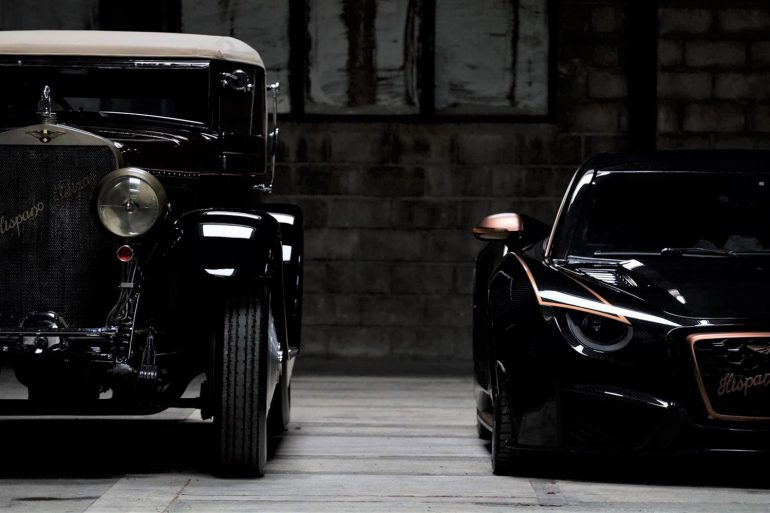 Two generations of Hispano Suiza side by side: the H6 (left) and the Carmen Boulogne.
Two generations of Hispano Suiza side by side: the H6 (left) and the Carmen Boulogne.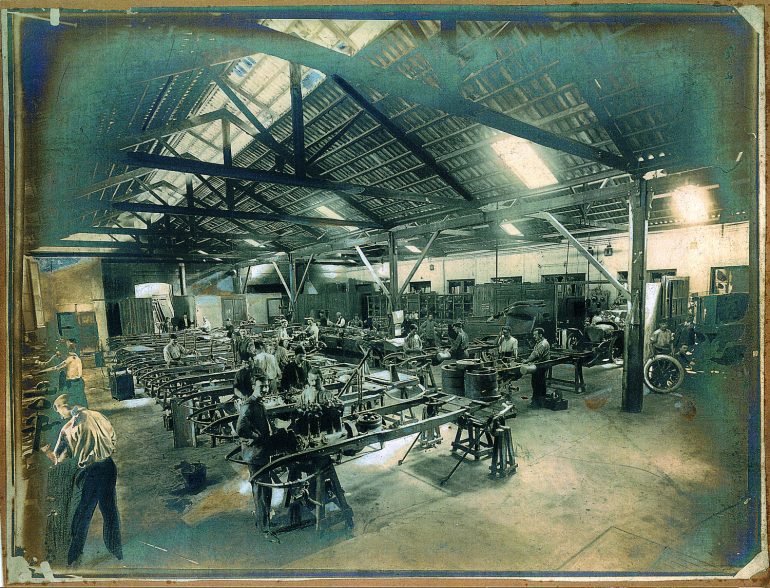 The Hispano Suiza Floridablanca factory in Barcelona.
The Hispano Suiza Floridablanca factory in Barcelona.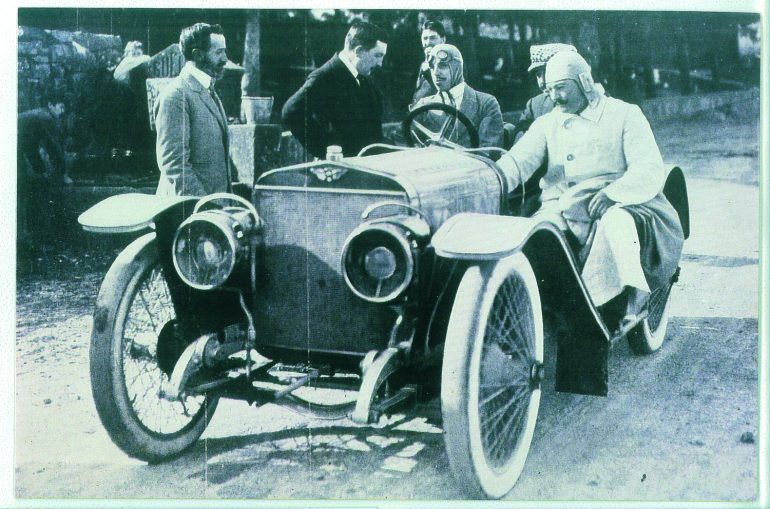 King Alfonso XIII with the Hispano Suiza car model that bears his name.
King Alfonso XIII with the Hispano Suiza car model that bears his name.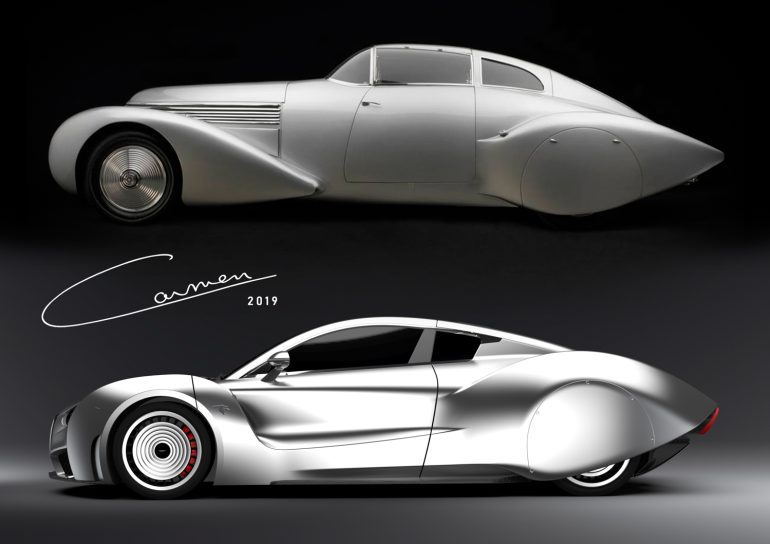 Hispano Suiza yesterday and today: the Dubonnet Xenia (above) and the Carmen.
Hispano Suiza yesterday and today: the Dubonnet Xenia (above) and the Carmen. Mandatory Credit: Photo by J Seymour/Daily Sketch/Shutterstock (889977a)
Paul Mccartney And His Girlfriend Jane Asher Pictured In Paul's Hispano Suiza The Couple Are Pictured In The Vehicle For The First Time Leaving For The Premiere Of How I Won The War At The London Pavilion. 1967
Paul Mccartney And His Girlfriend Jane Asher Pictured In Paul''s Hispano Suiza The Couple Are Pictured In The Vehicle For The First Time Leaving For The Premiere Of How I Won The War At The London Pavilion. 1967
Mandatory Credit: Photo by J Seymour/Daily Sketch/Shutterstock (889977a)
Paul Mccartney And His Girlfriend Jane Asher Pictured In Paul's Hispano Suiza The Couple Are Pictured In The Vehicle For The First Time Leaving For The Premiere Of How I Won The War At The London Pavilion. 1967
Paul Mccartney And His Girlfriend Jane Asher Pictured In Paul''s Hispano Suiza The Couple Are Pictured In The Vehicle For The First Time Leaving For The Premiere Of How I Won The War At The London Pavilion. 1967

